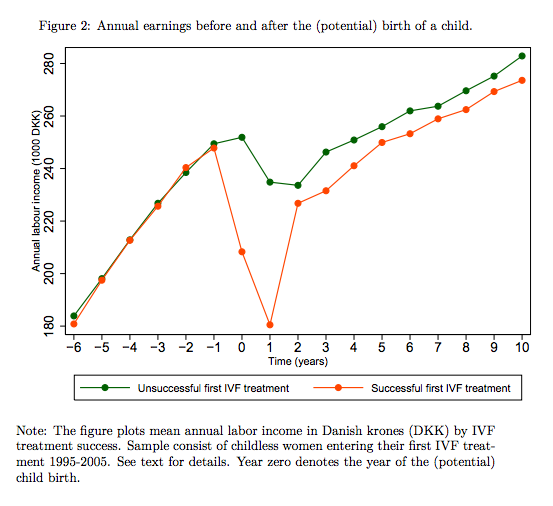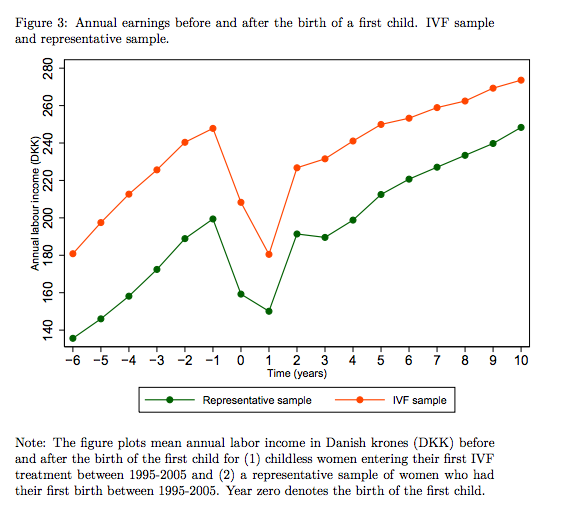No one likes to receive unsolicited advice; and government recommendations are no exception to this. But the United States’ Centers for Disease Control and Prevention didn’t heed that warning when on Tuesday it released a new alcohol advisory, aimed at child-carriers (who we in the 21st century have started to call ‘women’).
The CDC has recommended that women of a childbearing age who are not using birth control completely abstain from alcohol intake to avoid an accidental, alcohol-exposed pregnancy.
From the CDC's Principal Deputy Director Anne Schuchat, M.D.:
Alcohol can permanently harm a developing baby before a woman knows she is pregnant...About half of all pregnancies in the United States are unplanned, and even if planned, most women won’t know they are pregnant for the first month or so, when they might still be drinking. The risk is real. Why take the chance?
Why take the chance? In the off-chance that a woman could get pregnant during 3-4 decades of her life, why wouldn't she abstain from alcohol (and while she’s at it, cut out raw fish, cured meat and soft cheeses, stop skiing, avoid overheating and sign up to antenatal courses too.)
Those outside the- 4-decade span haven't been excluded fully from the press release either. While the CDC mainly addressed the effects of alcohol on pregnant women, their infographic suggests far more ambitious plans to cut down on women's alcohol consumption alltogether. Keep in mind "heavy drinking" is defined by the CDC for woman as "consuming eight drinks or more per week".
Fear-mongering much?
Quite rightfully, the Internet went ballistic over the insinuation women should be prioritizing the biological possibility of pregnancy over their daily activities, which include drinking habits.
These recommendations in the States come just weeks after here in the UK the Department of Health changed its alcohol guidelines, lowering maximum unit intake to 14 a week for both men and women, making the UK’s recommendations some of the most restrictive in Europe.
The CDC's and DoH's recommendations are different, but the recommendations of both government bodies were created with the same, faulty assumption: individuals can’t be trusted to their own lifestyle choices, and if left to make up their own minds, will engage in risky behavior.
There is indeed an appropriate way to advise women about the potential consequences of drinking while pregnant, but terrifying non-pregnant women out of a glass of wine because of ‘what might be’ falls short of providing an education tutorial.














